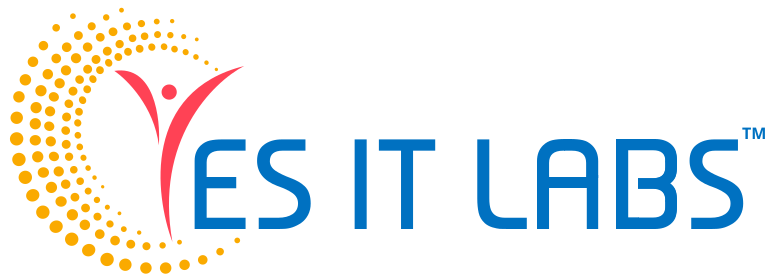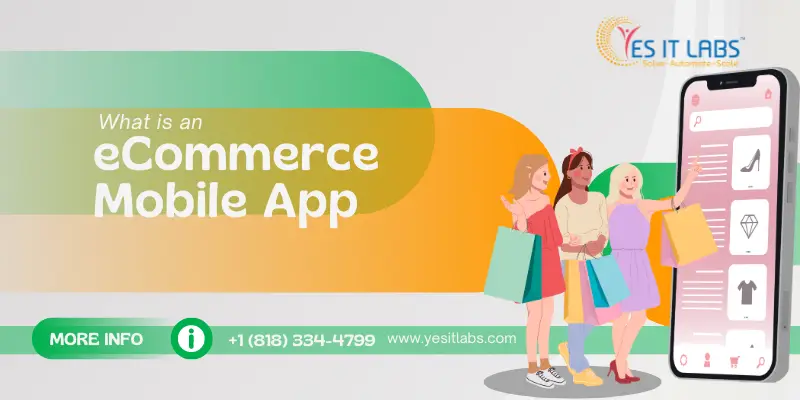Welcome, fellow real estate enthusiasts! If you’re in the game of real estate, you probably know the importance of having a reliable and user-friendly mobile app to connect with your clients. Whether you’re a real estate agent, a broker, or a property manager, having a top-notch app is crucial for staying competitive in today’s digital landscape. But just like any other technology, your real estate app requires regular maintenance to ensure it continues to meet the needs of your users and remains ahead of the curve.
In this extensive manual, we’ll guide you through the intricacies of maintaining real estate apps. From understanding the importance of maintenance to finding the right development company to handle the job, we’ve got you covered. So, let’s dive in!
Why Real Estate App Maintenance Matters
Imagine this: You’ve invested time, money, and resources into developing the perfect real estate app. It’s sleek, it’s user-friendly, and it’s packed with features that make property hunting a breeze for your clients. But without proper maintenance, even the best apps can quickly become outdated and riddled with issues.
Here’s why maintenance matters:
- Bug Fixes: Just like any software, real estate apps are susceptible to bugs and glitches. Regular maintenance allows developers to identify and fix these issues promptly, ensuring a seamless user experience.
- Security Updates: With the increasing threat of cyber attacks, security should be a top priority for any app owner. Maintenance services include implementing security patches and updates to protect user data from potential breaches.
- Performance Optimization: As your app grows and attracts more users, it may experience performance issues such as slow loading times or crashes. Maintenance services include optimizing performance to keep your app running smoothly, even during peak usage times.
- Compatibility: With new devices and operating systems constantly hitting the market, ensuring your app remains compatible with the latest technology is essential. Maintenance services include testing and updating your app to ensure compatibility across various devices and platforms.
Finding the Right Development Company
Now that you understand the importance of maintenance, the next step is finding the right development company to handle the job. Here are a few key factors to consider:
- Experience: Look for a company with a proven track record in real estate app development and maintenance. Experience matters when it comes to navigating the complexities of app maintenance and ensuring your app remains up to date with the latest trends and technologies.
- Expertise: Real estate apps come with their own set of unique challenges and requirements. Make sure the development company you choose has expertise in developing and maintaining real estate apps specifically, rather than just general app development.
- Client Satisfaction: Take the time to research the company’s reputation and read reviews from past clients. A company with a history of satisfied clients is more likely to deliver quality maintenance services for your app.
- Communication: Effective communication is key to a successful maintenance partnership. Choose a development company that values transparency and keeps you informed every step of the way.
Real Estate App Maintenance Services
So, what exactly does real estate app maintenance entail? Below is an overview of the essential services provided:
- Regular Updates: This includes updating the app with new features, fixing bugs, and addressing any performance issues. Regular updates ensure your app remains relevant and competitive in the ever-changing real estate market.
- Security Audits: Regular security audits help identify and mitigate potential vulnerabilities in your app, protecting sensitive user data from cyber threats.
- Performance Monitoring: Monitoring the performance of your app allows developers to identify any bottlenecks or areas for improvement. This includes analyzing user feedback, app analytics, and performance metrics to optimize the user experience.
- Compatibility Testing: With the multitude of devices and operating systems available, ensuring your app remains compatible across all platforms is essential. Compatibility testing involves testing your app on various devices and platforms to identify and resolve any compatibility issues.
- Backup and Recovery: Data loss can be catastrophic for any app owner. Regular backups and recovery procedures ensure that your app’s data remains safe and accessible, even in the event of a system failure or data breach.
Conclusion
In conclusion, investing in regular maintenance services for your real estate app is essential for ensuring its long-term success and relevance in the market. By partnering with the right mobile app development company and staying proactive about maintenance, you can keep your app running smoothly and provide an exceptional experience for your users.
Remember, the world of real estate is constantly evolving, and your app needs to evolve with it. So, don’t wait until issues arise—take proactive steps to maintain your app and stay ahead of the competition. Your clients—and your bottom line—will thank you for it!
If you’re ready to take your real estate app to the next level with expert maintenance services, reach out to us today! Our team of experienced developers is here to help you keep your app running smoothly and delighting users for years to come.



